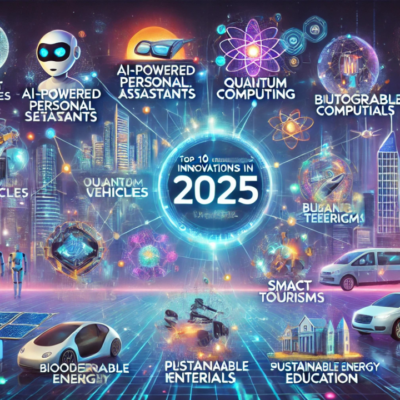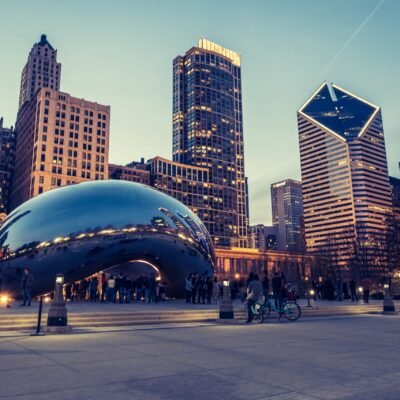For years, the United States has been a dream destination for Indian students seeking world-class education and career opportunities. With over 300,000 Indian students enrolled in U.S. colleges and universities in 2024, India has surpassed China as the leading source of international students in the U.S. However, recent changes in immigration policies, rising costs, and political shifts under the second Trump administration have sparked concerns. Visa revocations, stricter regulations, and financial pressures are making many students and their families question whether studying in the U.S. is still worth it in 2025. Let’s dive into the challenges, opportunities, and key considerations for Indian students eyeing the American dream.
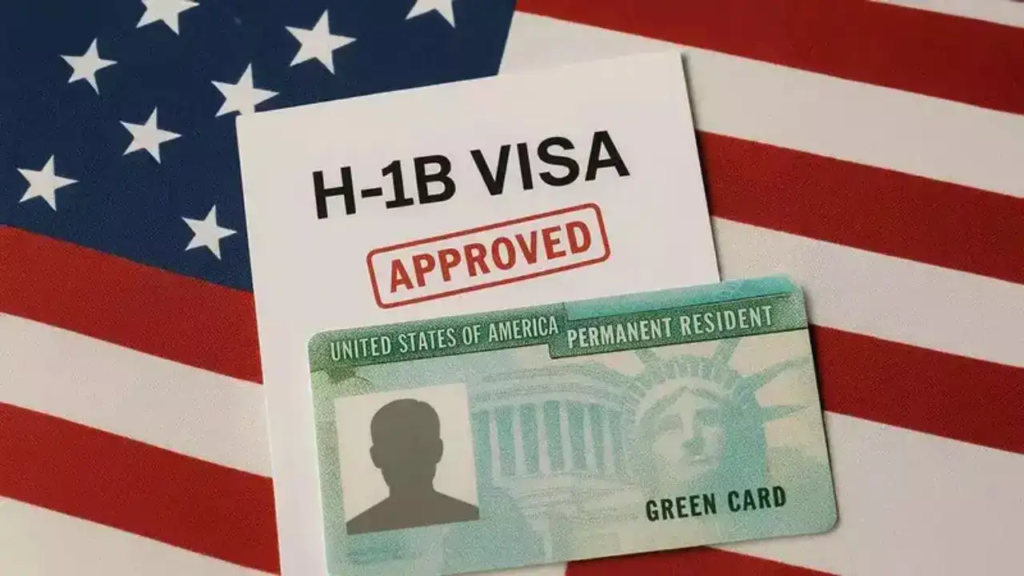
The Visa Crackdown: What’s Happening?
Since President Donald Trump’s return to office in January 2025, the U.S. has seen a wave of student visa revocations. Reports indicate that over 1,000 international students, including a significant number of Indians, have had their F-1 visas revoked or their legal status terminated in recent months. The reasons vary, but many cases involve minor infractions like traffic violations or participation in campus protests, particularly those related to pro-Palestinian activism. In some instances, no clear explanation has been provided, leaving students in limbo.
The Trump administration has justified these actions by citing national security and the need to prevent “disruptive activism” on campuses. Secretary of State Marco Rubio has stated that visas are being revoked for students who pose “potentially serious adverse foreign policy consequences” for the U.S. However, critics argue that these measures unfairly target international students, often without due process. For Indian students, who make up roughly half of the reported visa revocation cases, the fear of sudden deportation is real. Stories like that of a Hyderabad engineer in Atlanta, whose visa was revoked over a minor legal issue, highlight the uncertainty. “I came here legally and made one small mistake, but I am not a criminal,” he told The Washington Post, speaking anonymously to avoid retaliation.
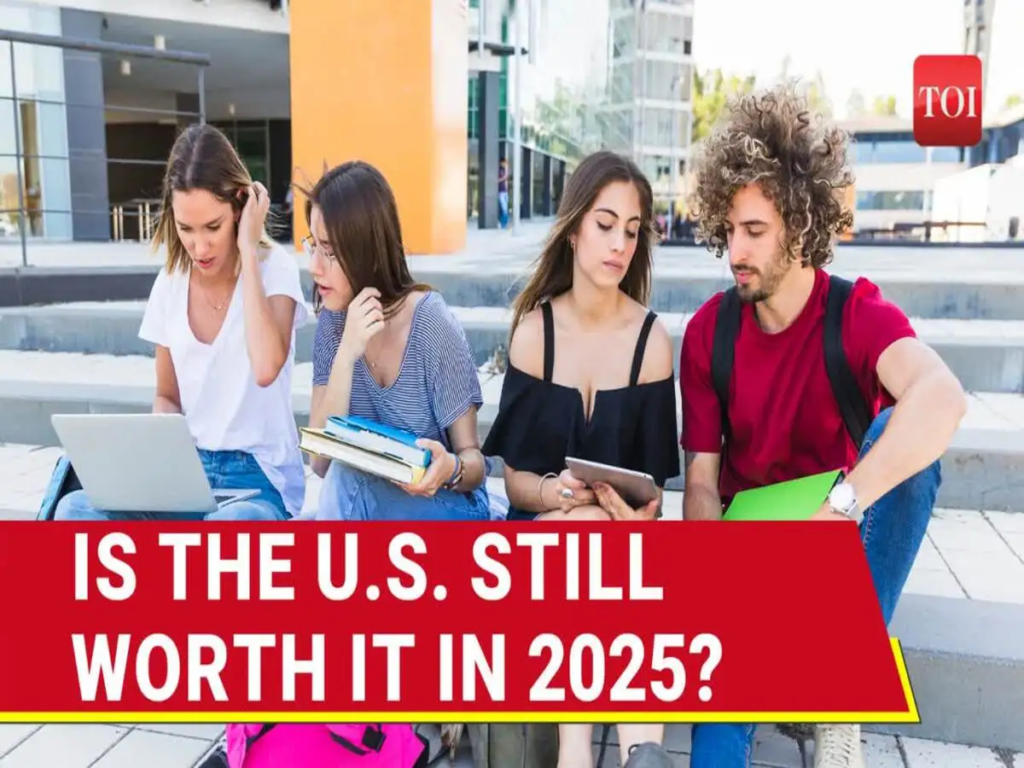
This crackdown has also led to a significant drop in visa approvals. In January 2025, the U.S. issued 50% fewer student visas to Indian applicants compared to the previous year, and February saw a 30% decline. Stricter scrutiny of F-1 visa applications and the proposed elimination of “dual intent” (allowing students to intend to stay in the U.S. after studies) mean students must now prove they plan to return to India after graduation. This change could make it harder for Indian students to transition to work opportunities in the U.S., a key draw for many.
Rising Costs: A Growing Financial Burden
Beyond visa challenges, the cost of studying in the U.S. is a major hurdle. According to the Indian Student Mobility Report 2024, the average Indian student spent $52,000 annually in 2023, covering tuition ($9,000-$34,000), accommodation ($12,000), and other expenses ($10,000). By 2025, these costs are projected to rise, with total expenditure by Indian students expected to reach $17.4 billion. The weakening Indian rupee, which hit a record low of 86.70 against the dollar in January 2025, adds to the financial strain. For students like Manjusha Nuthi, a computer science graduate in Kansas City, this means cutting corners to survive. “My father is a farmer, and I can’t ask him for more money. I have a ₹30 lakh loan to repay,” she shared with The Hindu.
Many Indian students rely on part-time jobs to offset costs, but stricter enforcement of F-1 visa rules has made this risky. International students are allowed to work up to 20 hours per week on campus, but off-campus jobs, such as at restaurants or gas stations, are illegal. Fear of deportation has led some students to quit these jobs, further tightening their budgets. With rising living costs and limited financial aid options, students are feeling the pinch.
Trump 2.0: Policy Changes and Uncertainty
The Trump administration’s immigration policies are reshaping the landscape for Indian students. In addition to visa revocations, proposed changes to the Optional Practical Training (OPT) program, which allows international students to work in the U.S. for up to three years after graduation, are causing concern. While the OPT program remains intact for now, there’s talk of tougher eligibility criteria or reduced benefits, particularly for STEM graduates who currently enjoy extended work periods. Such changes could limit career opportunities for Indian students, many of whom pursue STEM fields to leverage OPT and eventually secure H-1B visas.
The administration’s focus on prioritizing local hires and scrutinizing H-1B visa applications is another worry. Indian nationals receive the majority of H-1B visas, but increased scrutiny and longer processing times could make it harder for students to transition from OPT to permanent employment. Charles Kuck, an immigration lawyer representing 133 affected students, told The Washington Post, “The message from the government was, ‘We don’t want your best and brightest.’” This sentiment is echoed by students who fear that the U.S. is becoming less welcoming to international talent.
Why the U.S. Still Appeals
Despite these challenges, the U.S. remains a top destination for Indian students. Its world-class universities, cutting-edge research opportunities, and strong STEM programs are unmatched. Fields like artificial intelligence, healthcare, and technology are in high demand, and a U.S. degree can open doors globally. The cultural diversity, vibrant campus life, and potential for networking also make the U.S. attractive.
Moreover, some universities are stepping up to support international students. Expanding scholarships, offering hybrid learning models, and strengthening industry partnerships are helping ease financial and career concerns. For instance, schools like Wesleyan College emphasize safer cities and hidden scholarship opportunities to attract students, as noted in a recent Times of India interview with its president, Meaghan Blight. Proactive planning, such as choosing in-demand fields and maintaining strong academic records, can also improve visa approval chances and career prospects.
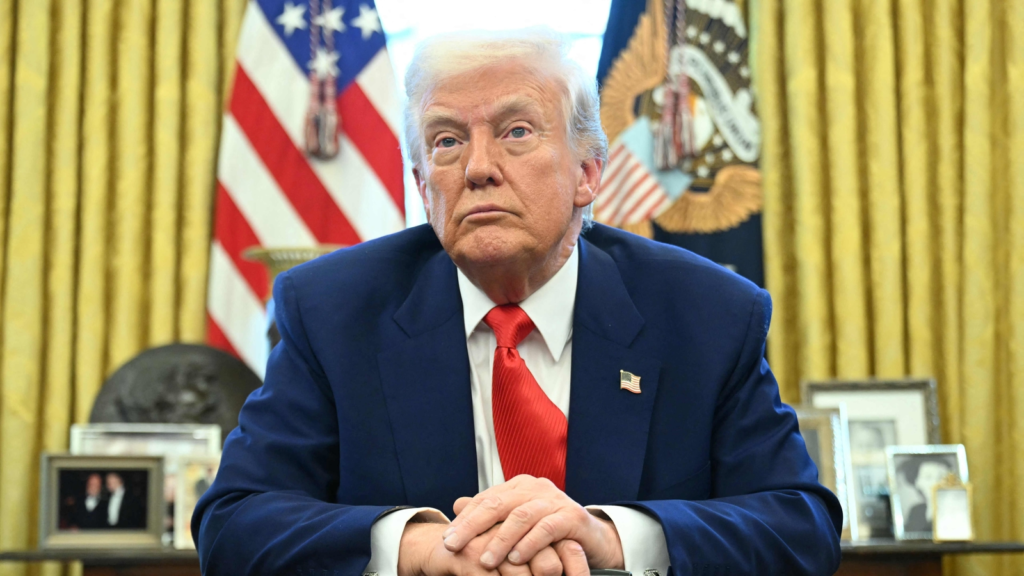
The challenges in the U.S. have pushed some Indian students to consider other countries. Germany, with its no-tuition public universities and EU Blue Card scheme, is a popular choice. Canada, Australia, and the U.K. also offer flexible post-study work pathways and less restrictive visa policies. France and Germany have recently signed agreements with India to facilitate student mobility, making them viable alternatives. These countries provide quality education at lower costs, reducing financial stress and offering clearer routes to permanent residency.
However, these destinations may not match the U.S.’s prestige or job market opportunities in certain fields. Hybrid learning models, which allow students to study partly online, are also gaining traction, reducing the need for physical relocation. Indian students must weigh these options against their long-term goals.
What Should Indian Students Do?
For those still considering the U.S., careful planning is key. Here are some practical steps:
- Stay Informed: Keep up with U.S. visa policies and consult university international offices or in-country representatives for guidance.
- Choose Wisely: Focus on STEM fields or other high-demand areas to boost visa and job prospects.
- Financial Planning: Explore scholarships, on-campus jobs, and cost-effective universities to manage expenses.
- Comply with Rules: Avoid off-campus work and minor legal issues, as these can lead to visa trouble.
- Consider Alternatives: Research countries like Germany or Canada as backup options.
Is the American Dream Still Worth It?
The U.S. remains a land of opportunity, but the path for Indian students is now fraught with challenges. Visa revocations, rising costs, and policy shifts under Trump 2.0 have created uncertainty, forcing students to rethink their plans. While the allure of a U.S. degree endures, the financial and emotional toll can be significant. For some, the dream is still achievable with careful planning and adaptability. For others, alternative destinations may offer a smoother journey.
Ultimately, the decision to study in the U.S. in 2025 depends on individual goals, resources, and risk tolerance. Indian students must stay informed, weigh their options, and prepare for a rapidly changing landscape. The American dream is evolving, but with the right approach, it can still be within reach.
Must Know :- Los Angeles Dodgers’ 2025 Season: Ohtani Shines, Kershaw Returns, and More




